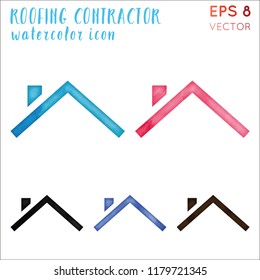Examine The Role Of Seasonal Factors In The Success Of Business Outside Paint And Uncover The Most Effective Times To Protect Enduring Results For Your Project
Examine The Role Of Seasonal Factors In The Success Of Business Outside Paint And Uncover The Most Effective Times To Protect Enduring Results For Your Project
Blog Article
Writer-Aguilar Bagger
When you're intending a commercial external paint job, seasonal factors can make or damage your results. You'll wish to consider how temperature and humidity impact paint application and drying out times. Picking the right season can guarantee your paint sticks effectively and lasts much longer. But which periods are truly the best for this kind of work? Let's explore the key elements that can influence your task's success.
The Effect of Temperature Level on Paint Application
When you're planning a commercial outside paint task, the temperature can dramatically influence just how well the paint sticks and dries out.
Ideally, you want to repaint when temperatures vary between 50 ° F and 85 ° F. If painting house 's also cool, the paint may not treat appropriately, resulting in issues like peeling off or fracturing.
On the flip side, if it's also warm, the paint can dry out also rapidly, preventing proper bond and leading to an uneven coating.
You ought to also consider the moment of day; early morning or late afternoon provides cooler temperature levels, which can be much more favorable.
Always examine the maker's referrals for the specific paint you're making use of, as they frequently provide advice on the perfect temperature level variety for ideal results.
Moisture and Its Result on Drying Times
Temperature level isn't the only ecological aspect that affects your business exterior paint task; moisture plays a considerable role too. High moisture degrees can reduce drying times considerably, impacting the overall top quality of your paint job.
When the air is filled with dampness, the paint takes longer to treat, which can bring about problems like inadequate adhesion and a greater danger of mold growth. If you're painting on a specifically humid day, be planned for extensive delay times in between coats.
https://small-job-painters-near-m10998.blogdomago.com/33309063/employ-qualified-home-painters-to-improve-the-beauty-of-your-home-s-exterior-and-discover-the-impressive-outcomes-that-will-leave-you-excited-for-additional-upgrades to keep track of regional weather conditions and strategy accordingly. Ideally, go for humidity levels in between 40% and 70% for ideal drying.
Keeping these factors in mind ensures your task remains on track and delivers a long lasting coating.
Best Seasons for Commercial Exterior Painting Projects
What's the very best time of year for your business external painting tasks?
Spring and very early loss are generally your best options. During these periods, temperatures are light, and humidity levels are often reduced, creating ideal conditions for paint application and drying out.
Stay clear of summer season's intense heat, which can trigger paint to completely dry also quickly, leading to bad adhesion and surface. In a similar way, wintertime's cool temperatures can hinder appropriate drying out and treating, running the risk of the durability of your paint work.
Go for days with temperatures between 50 ° F and 85 ° F for optimum outcomes. Keep in mind to check the local weather report for rain, as wet conditions can destroy your job.
Planning around these elements ensures your painting task runs smoothly and lasts longer.
Final thought
To conclude, intending your commercial external paint projects around seasonal considerations can make a significant distinction in the outcome. By scheduling work throughout the perfect temperatures and humidity degrees, you'll make certain far better attachment and drying out times. Bear in mind to watch on neighborhood weather forecasts and select the correct time of year-- springtime and very early autumn are your best options. Taking these actions will certainly aid you achieve a sturdy and specialist coating that lasts.
